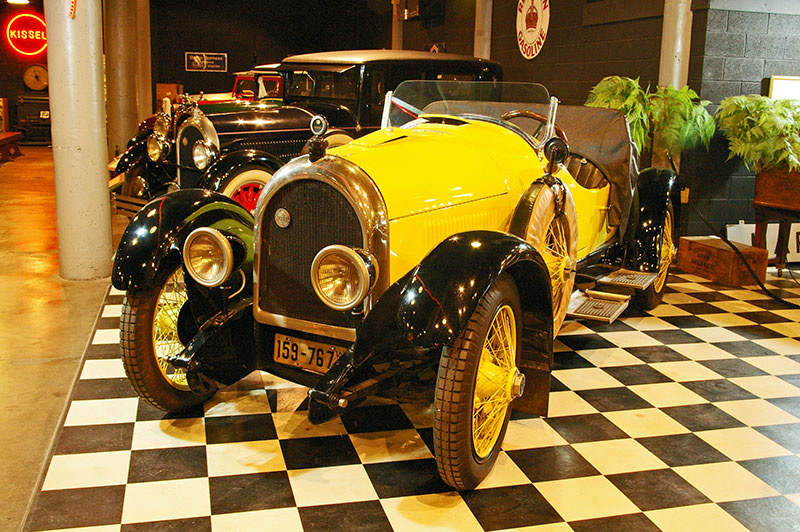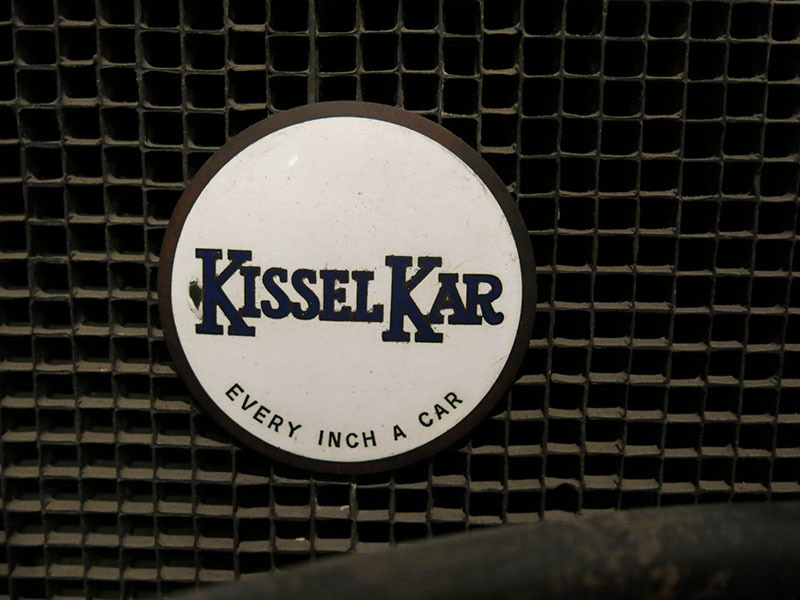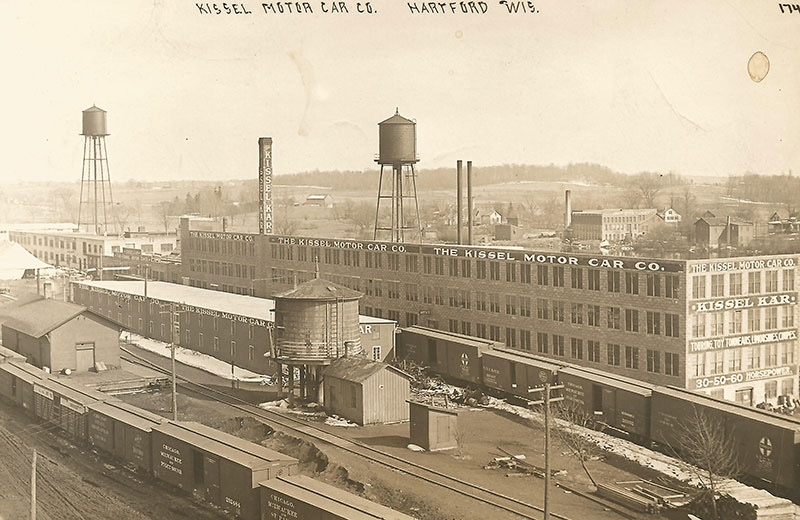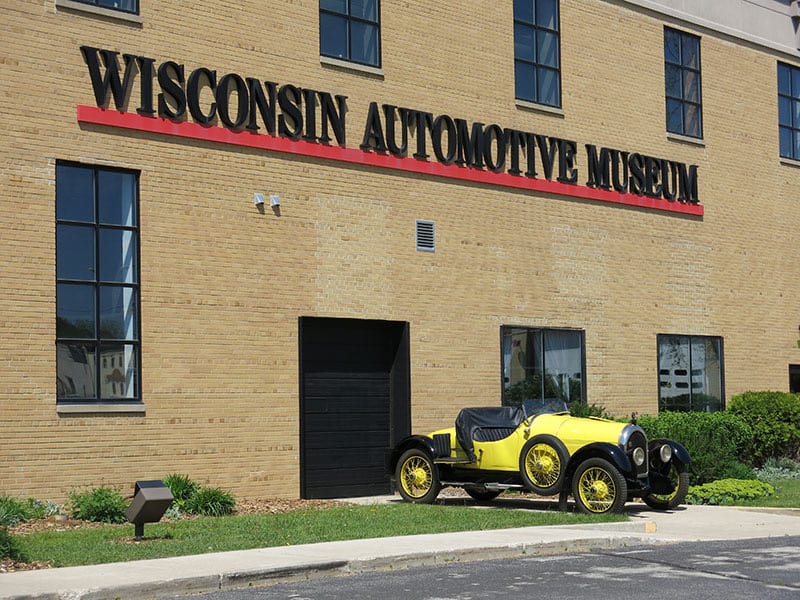“Imagine A-list movie stars, singers and entrepreneurs coming to Wisconsin to buy their cars,” suggest the organizers of the Milwaukee Concours d’Elegance. Such a thing actually did happen, with the likes of Amelia Earhart, Douglas Fairbanks, Greta Garbo, Mary Pickford and Fatty Arbuckle among celebrities who bought Wisconsin-built Kissel automobiles.
One of those cars, a 1923 Kissel Gold Bug, will be among the vehicles on the show field in August at the Milwaukee concours, they said.
The Kissel family from Germany moved to establish a farm in Hartford, Wisconsin, midway through the 19th century. The family also had a hardware store, lumber and construction company, and produced farming equipment and engines.

In 1905, brothers William and George Kissel, both in their 20s, built their first automobile, and in 1906 they founded the Kissel Motor Car Company to produce their KisselKars (two years later they added a spac,e and their vehicles became known as Kissel Kars).
The brothers’ cars were powered by engines produced by Milwaukee-based Beaver Manufacturing and were covered with bodywork ordered from a sleigh manufacturer also located in Wisconsin, in Waupun.
According to the Beaulieu Encyclopedia of the Automobile, the brothers’ business became firmly established when a dealership in Chicago ordered 100 of their cars.
Two German engineers, Herman Palmer and Friedrich Werner, joined the brothers and by 1909, Kissel was building cars on three wheelbases and powered by their own engines. Kissel was a pioneer in offering electrical lights and a removable “winter” roof. The company also produced trucks and ambulances for the military in the build up to World War I.

If Kissel Kars were lacking, it was in styling, it seems, but that changed after their New York distributor, Conover Silver, suggested some European-design cues. The resulting Kissel Silver Special Speedster, presented in bright yellow, was the hit of the 1918 New York auto show. (It was about this time, as World War I was ending, that the company dropped Kar from its name.)
The speedster, powered by a 26 horsepower 6-cylinder engine, went into production and was nicknamed the “Gold Bug” after a contest organized by the auto writer for a Milwaukee newspaper.
“Gold But was never an official designation applied by Kissel, but the nickname has lasted to this day,” the Beaulieu authors note.
One of the Gold Bug’s features was an extra seat that slid out of the side of the car for a brave passenger to occupy.
Kissel Motor Car was among the many early automakers that did not survive the Great Depression, though Kissel Industries continued until 1942 when it became part of appliance manufacturer West Bend.

In addition to a Kissel “Gold Bug,” the Milwaukee concours will feature another Wisconsin-built vehicle, the only surviving Badger. Based in Columbus, Wisconsin, Badger Motor Car Company produced 237 of its vehicles — available as tonneau, tourer or roadster — in 1910 and 1911. The car was designed by the son-in-law of a wealthy Wisconsin grain merchant and was considered underpowered and to have weak suspension.





